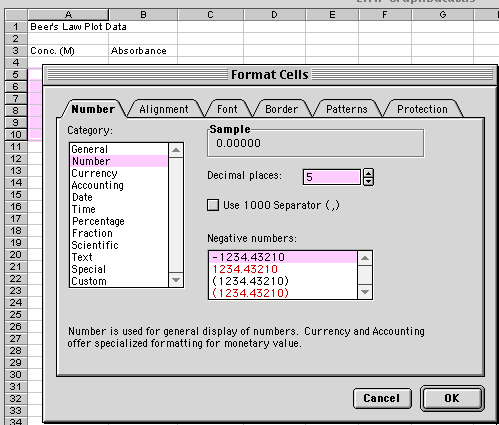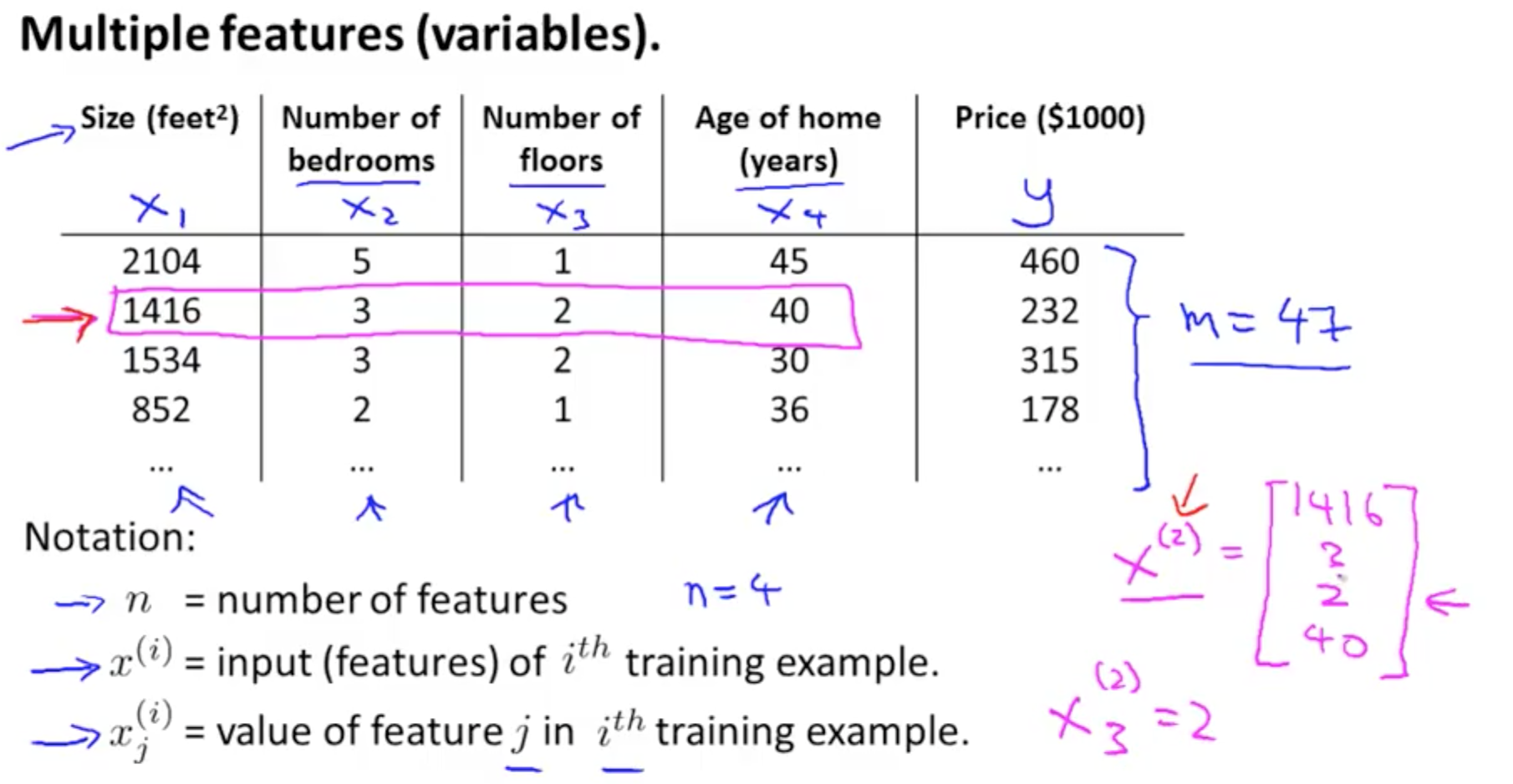

- EXCEL LINEAR REGRESSION EXTEND DECIMAL FULL
- EXCEL LINEAR REGRESSION EXTEND DECIMAL CODE
- EXCEL LINEAR REGRESSION EXTEND DECIMAL WINDOWS

EXCEL LINEAR REGRESSION EXTEND DECIMAL CODE
You can highlight portions of your code and implement it by pressing the Run Selection button. The Syntax Editor is where you enter SPSS Command Syntax.
EXCEL LINEAR REGRESSION EXTEND DECIMAL FULL
We have variables about academic performance in 2000 api00, and various characteristics of the schools, e.g., average class size in kindergarten to third grade acs_k3, parent’s education avg_ed, percent of teachers with full credentials full, and number of students enroll. We will not go into all of the details about these variables. In regression, you typically work with Scale outcomes and Scale predictors, although we will go into special cases of when you can use Nominal variables as predictors in Lesson 3.įrom the Variable View we can see that we have 21 variables and the labels describing each of the variables.

(Optional) The following attributes apply for SPSS variable names: The Name specifies the name of your variable. The second is called Variable View, this is where you can view various components of your variables but the important components are the Name, Label, Values and Measure. If you delete data, these missing values in this dataset are represented by a dot. You can enter or delete data directly as in Excel. This is like an Excel spreadsheet and should look familiar to you, except that the variable names are listed on the top row and the Case Numbers are listed row by row. The dataset used in this portion of the seminar is located here: elemapiv2įirst is the Data View.
EXCEL LINEAR REGRESSION EXTEND DECIMAL WINDOWS


 0 kommentar(er)
0 kommentar(er)
